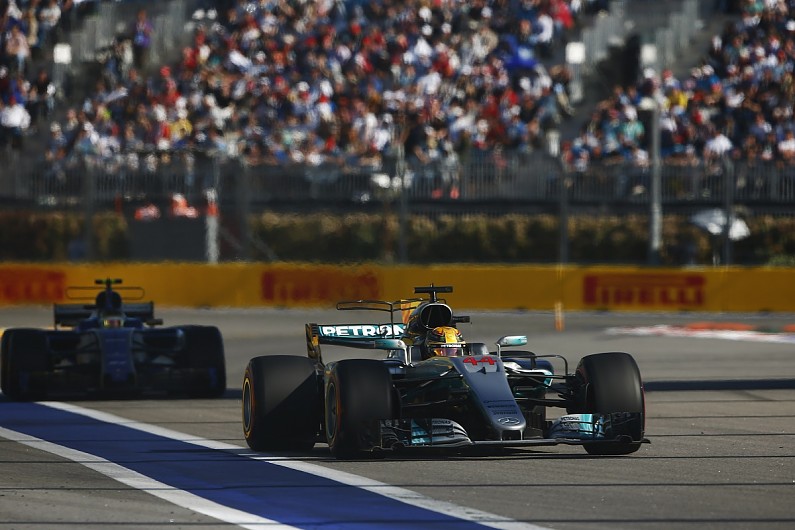
The innermost point of the driving line taken through a corner. “If we say, when he’s 1.4s or 1.6s behind, you’ve got to move right over, back off, and lose a lot of time, we don’t want that to happen because it’s not fair.Improve your understanding of the fastest sport on earth by learning the most common words, phrases, acronyms and technical terms used in Formula 1. “I don’t think we should go any more than that, because then you get into a situation where a driver has to back off and lose a lot more time than he really should to let the other car through if he’s got to do it at his earliest opportunity. “This time last year it was one second, and we had discussions, and we opened it up to 1.2s,” said Charles Whitling to Autosport, Race director back in 2018. However, F1 immediately defended it by saying that any alterations to it would be unfair to slower cars, hence the mentioned time frame is justified. On the other hand, Lewis Hamilton was losing time because of battling Romain Grosjean and Sergey Sirotkin, which almost made him caught by pursuer Max Verstappen. He shouted over the radio that such a gap was too big for a track like Singapore. Valtteri Bottas in 2018 showed his frustration against the rule during Singapore GP. This 1.2-second rule has been frustrating for the drivers during the races where the lanes are narrow and overtaking is tough or has good straights.

Nikita Mazepin in 2021 was approximately lapped 228 times in a span of 22 races.

Meanwhile, the drivers’ abilities also determine the number of blue flags. So, it is easy for cars to see blue flags on circuits like Monaco, Mexico City, Sao Paolo or even Speilberg, where the length of the tracks is short. Thus, it is easier for the faster cars to lap the inferior cars. The blue flags’ nature makes them prone to appear on the tracks which are shorter.


 0 kommentar(er)
0 kommentar(er)
